Table of content
Dumplings, a beloved culinary delight enjoyed across continents, hold a special place in global cuisine. From the delicate folds of Chinese jiaozi to the hearty Polish pierogi, these bite-sized packages of flavor require precision in preparation. One of the most common questions home cooks face is: How long should dumplings be boiled to achieve perfection? This article delves into the science, techniques, and cultural nuances of boiling dumplings, ensuring your next batch is tender, flavorful, and cooked to ideal doneness.
Understanding Dumpling Varieties and Their Cooking Times
Dumplings come in countless forms, each with unique ingredients, sizes, and textures. The cooking time hinges on factors like wrapper thickness, filling density, and whether the dumplings are fresh or frozen.
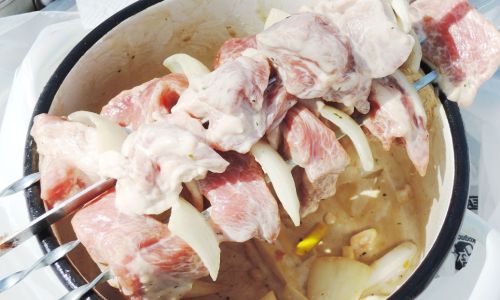
- Wrapper Thickness: Thin wrappers, common in Asian dumplings like gyoza, cook faster (3–5 minutes) compared to thicker European-style wrappers (6–8 minutes).
- Filling Composition: Meat-filled dumplings require longer boiling to ensure the protein cooks through (5–7 minutes for fresh, 8–10 minutes for frozen). Vegetarian or seafood fillings may need less time (3–5 minutes).
- Size and Shape: Larger dumplings, such as Italian ravioli or Ukrainian varenyky, demand extended boiling (7–9 minutes), while smaller wontons or mandu cook quicker (2–4 minutes).
The Boiling Process: Step-by-Step Precision
Achieving the perfect texture—a tender wrapper and fully cooked filling—requires adherence to a structured boiling method.
Preparing the Pot and Water
- Water Volume: Use a large pot (4–6 quarts) to prevent overcrowding. Dumplings need room to float freely.
- Salting the Water: Add 1–2 tablespoons of salt per quart. This seasons the dumplings and raises the water’s boiling point, aiding even cooking.
- Bring to a Rolling Boil: High heat ensures rapid cooking. Cover the pot to expedite boiling.
Adding Dumplings to the Pot
- Fresh vs. Frozen: Fresh dumplings can be gently lowered into the water using a slotted spoon. Frozen dumplings should be added directly—no thawing required.
- Avoid Sticking: Stir the water gently in a circular motion before adding dumplings. This creates a whirlpool effect that prevents them from settling at the bottom.
Cooking Time and Technique
- Initial Boil: Once the water returns to a boil, reduce the heat to medium-high. Maintain a gentle simmer to avoid wrapper breakage.
- Timing Guidelines:
- Small Dumplings (e.g., wontons): 2–3 minutes (fresh), 4–5 minutes (frozen).
- Medium Dumplings (e.g., jiaozi): 4–5 minutes (fresh), 6–7 minutes (frozen).
- Large Dumplings (e.g., pelmeni): 6–8 minutes (fresh), 9–11 minutes (frozen).
- The “Cold Water” Method: For meat-filled dumplings, add ½ cup of cold water after the initial boil. Repeat this step 2–3 times until cooked. This technique ensures the filling cooks thoroughly without overcooking the wrapper.
Testing for Doneness
Overcooking leads to mushy wrappers, while undercooking leaves raw dough. Use these methods to gauge readiness:
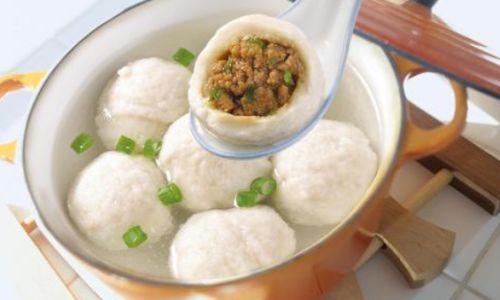
- Visual Cues: Wrappers turn translucent, and dumplings float to the surface.
- Texture Test: Remove one dumpling and cut it open. The filling should be steaming hot, with no pink or raw sections (for meat).
- Thermometer Check: Insert an instant-read thermometer into the thickest part of the filling. It should register 165°F (74°C) for poultry, 160°F (71°C) for ground meat, and 145°F (63°C) for seafood.
Common Mistakes and How to Avoid Them
Even seasoned cooks stumble. Here’s how to troubleshoot:
- Sticky or Torn Wrappers:
- Cause: Overcrowding the pot or insufficient stirring.
- Fix: Use a larger pot and stir gently every 1–2 minutes.
- Gummy Texture:
- Cause: Overcooking or low-quality flour in the wrapper.
- Fix: Stick to recommended times and use dumpling-specific flour if available.
- Undercooked Fillings:
- Cause: Rushing the process or uneven heat distribution.
- Fix: Employ the cold-water method and maintain a steady simmer.
Cultural Variations in Dumpling Cooking
Dumplings are more than food—they’re cultural symbols.
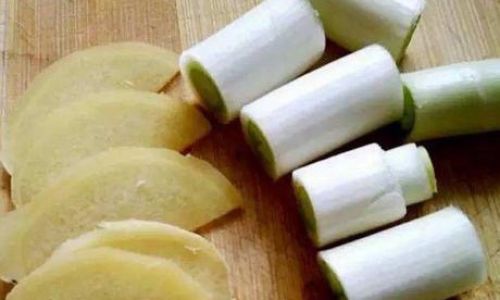
- Chinese New Year: Families gather to fold jiaozi, symbolizing wealth and unity. Boiling time is precise to avoid breaking the wrappers, which is considered bad luck.
- Italian Tradition: Tortellini, often served in broth, are boiled until al dente to retain their chewy texture.
- Eastern Europe: Pierogi are boiled and then pan-fried to achieve a crispy exterior, a technique that adds 2–3 minutes to the cooking process.
Advanced Tips for Perfect Dumplings
- Frozen Dumplings: Do not defrost. Add 1–2 minutes to cooking time and reduce heat to prevent wrapper blowouts.
- Flavor Infusion: Add a bay leaf, peppercorns, or garlic to the boiling water for subtle aromatic notes.
- Sauce Pairing: Serve boiled dumplings with dipping sauces like soy-vinegar, sour cream, or chili oil to complement their flavors.
Recipe: Classic Pork and Cabbage Dumplings
Ingredients (Makes 30 Dumplings):
- 1 lb ground pork
- 2 cups shredded napa cabbage (salted and squeezed dry)
- 3 garlic cloves, minced
- 1 tbsp fresh ginger, grated
- 2 tbsp soy sauce
- 1 tbsp sesame oil
- 30 dumpling wrappers
Instructions:
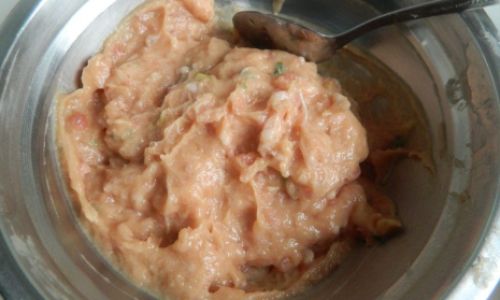
- Mix pork, cabbage, garlic, ginger, soy sauce, and sesame oil.
- Place 1 tbsp filling in each wrapper; wet edges and seal.
- Boil in salted water for 5 minutes (fresh) or 7 minutes (frozen).
- Serve with black vinegar and chili oil.
The Science Behind Boiling Dumplings
Boiling is a transfer of thermal energy. Water, a conductor, heats the dumpling from all sides. Starches in the wrapper gelatinize between 140–160°F (60–71°C), creating a tender texture. Proteins in the filling denature at higher temps, ensuring safety.
Conclusion: Practice Makes Perfect
Mastering dumpling cooking times is an art honed through experience. Experiment with fillings, sizes, and boiling techniques to discover your preference. Remember: a perfectly boiled dumpling is a harmony of texture and flavor, achieved through patience and attention to detail.
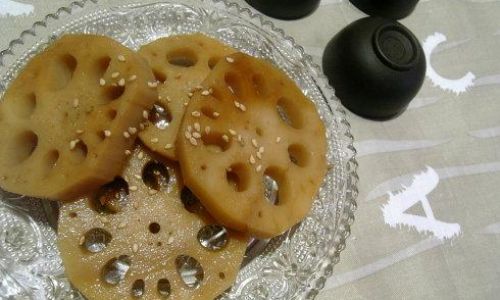
Whether you’re celebrating Lunar New Year or enjoying a quiet weeknight meal, the humble dumpling offers endless culinary joy. So boil that pot of water, set your timer, and savor the rewards of your newfound expertise!
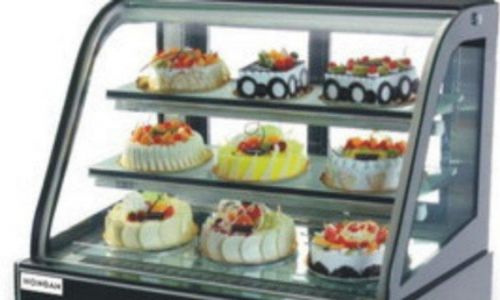
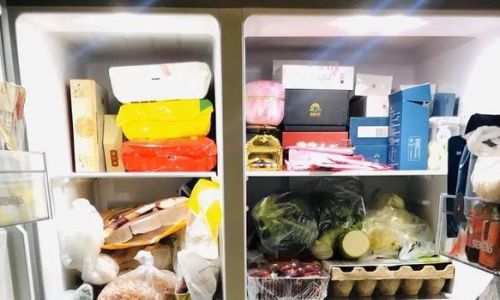
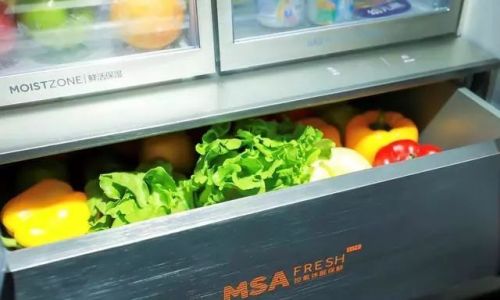
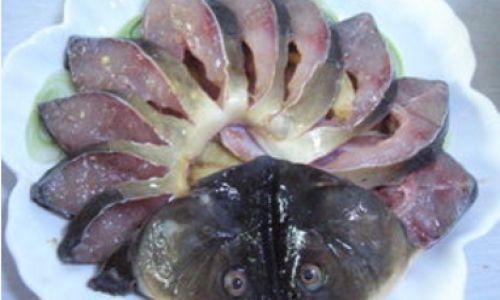
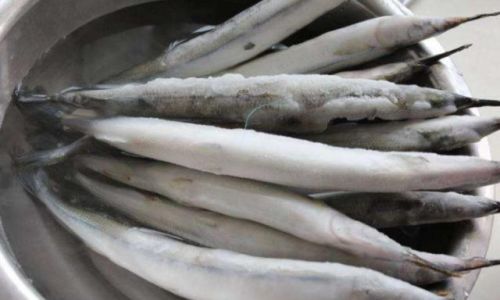
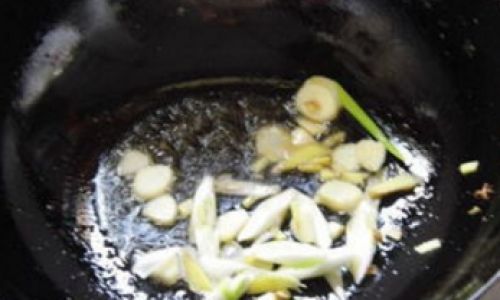
0 comments